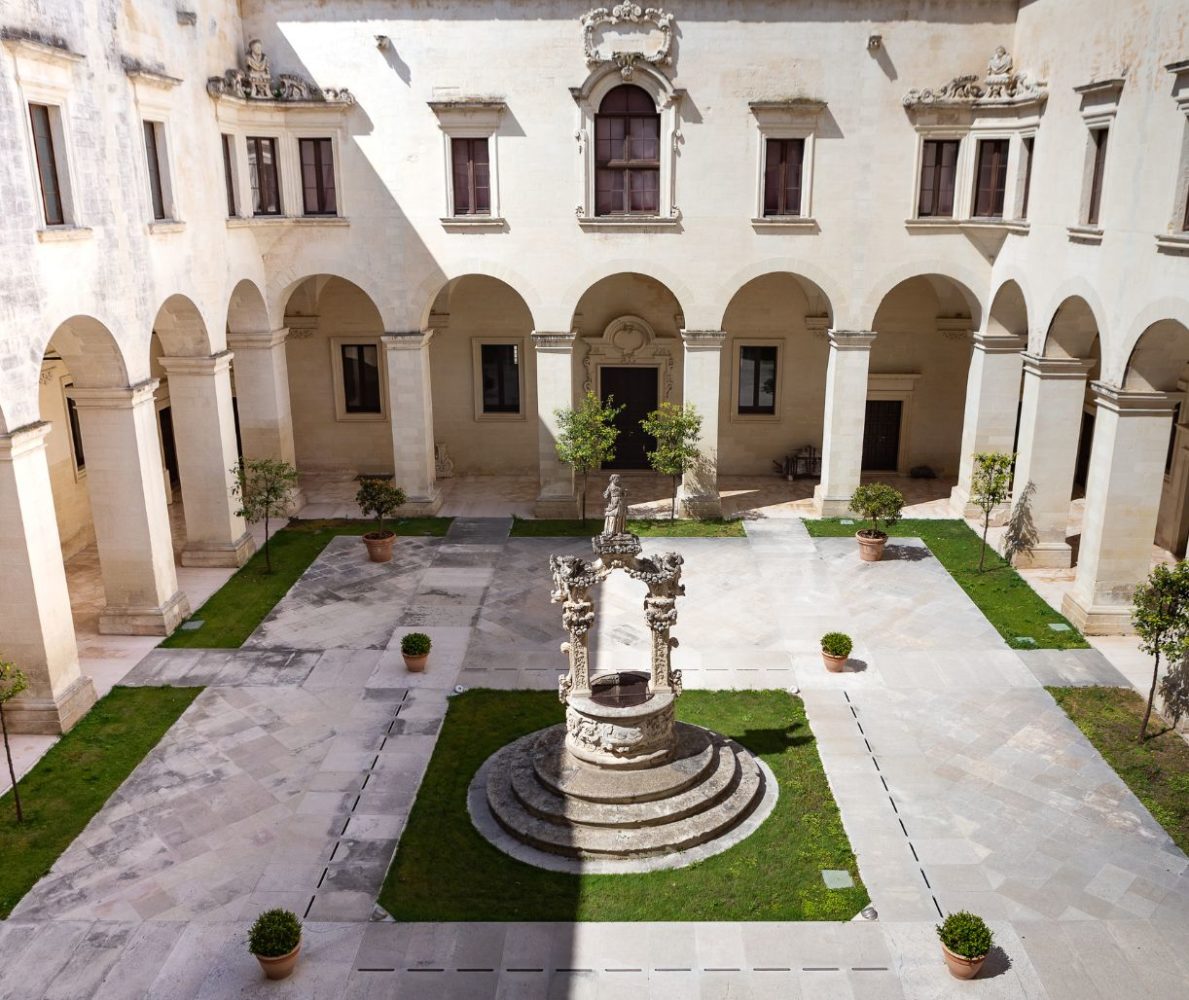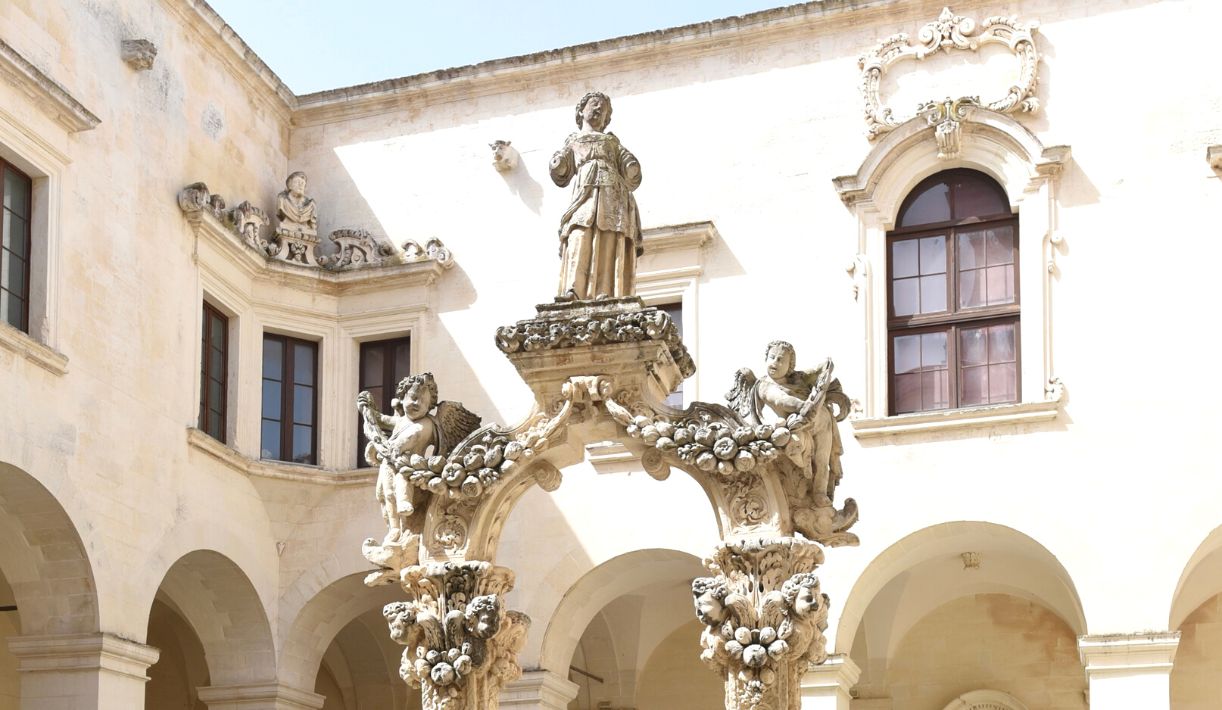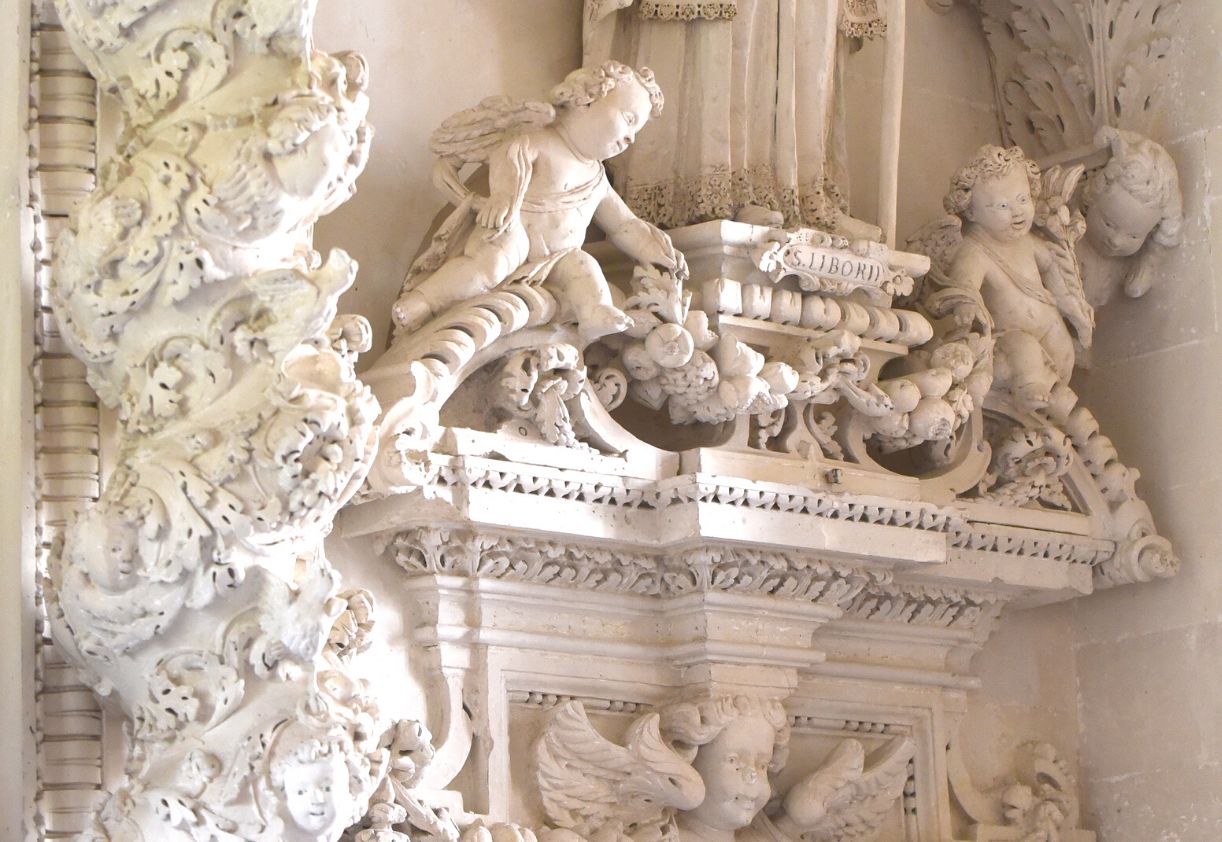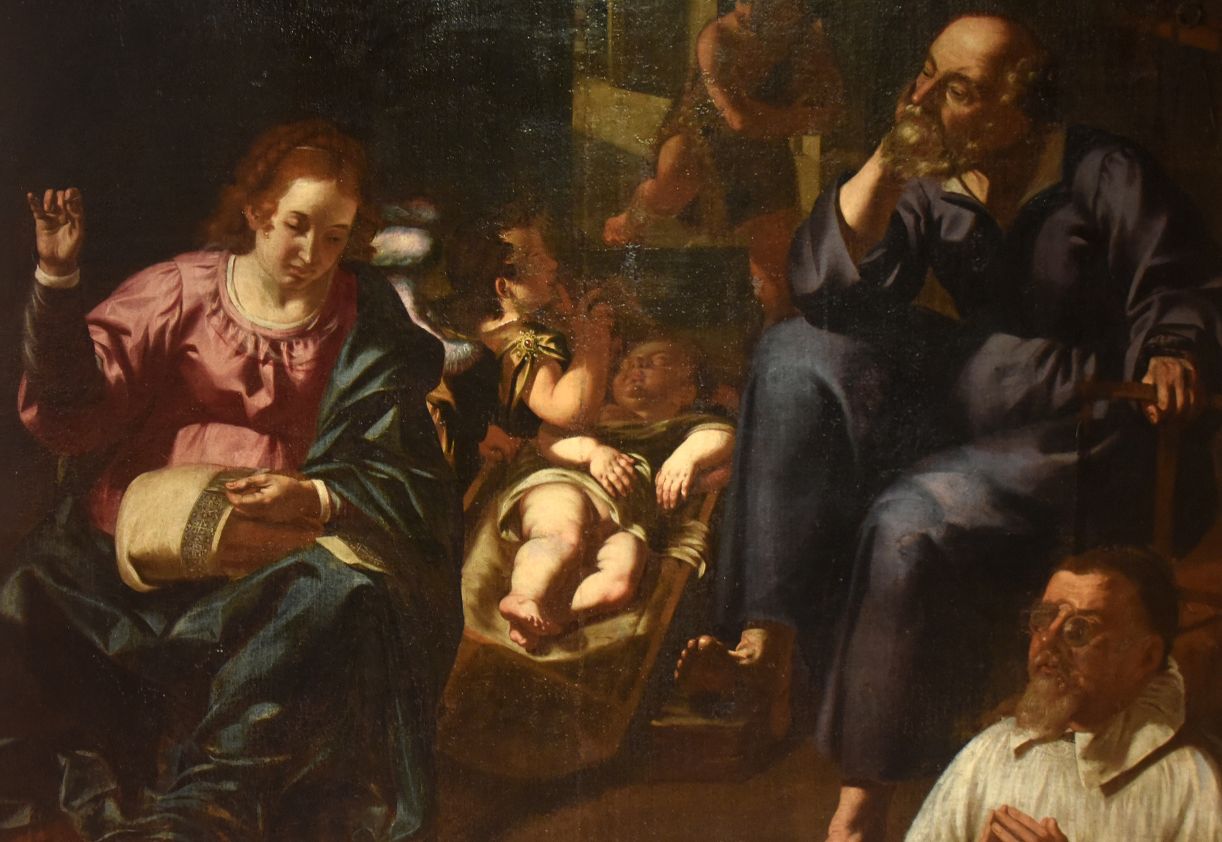Palazzo dell’Antico Seminario, the rigour of the architectural structure and the excess of the baroque decoration
THE ANCIENT SEMINARY STANDS OUT ON THE RIGHT SIDE OF PIAZZA DUOMO. THE HARMONY BETWEEN THE RIGOUR AND LINEARITY OF THE ARCHITECTURAL STRUCTURE AND THE EXCESS OF THE BAROQUE DECORATION IN THE WINDOWS’ CORNICE IN THE RICH PORTAL CREATE SURPRISE.
IN THE HEART OF THE BUILDING, IN THE CENTER OF A COLONNADED CLOISTER, THE WONDERFUL OVAL CURB WELL APPEARS AS A FRUIT BASKET.
Buy LeccEcclesiae tickets
Historical and Architectural notes
Inspired by the Celestines Monastry façade, the Seminary Palace was built by Michele Pignatelli, thanks to many local noble men’s contribution (1694). The project was committed to the great architect and sculptor Giuseppe Cino from Lecce who ended the work in 1709, during the episcopate of another Pignatelli, Fabrizio, creator of the structure enlargement adding the attic (1729).
From the cloister, through a staircase, you will reach the first level, today seat of the Diocesan Museum’s rooms of Sacred Art - MuDAS the Offices of Archiepiscopal Curia and the Diocesan Historical Archives.
On the ground floor some rooms are addressed to the Contemporary Art Gallery, the Superior Institute of Religious Science and the Innocenziana Library, named after the bishop of Lecce Antonio Pignatelli, Pope Innocenzo XII.
The well
Entering the palace cloister, your attention is drawn to the center, where on a three steps base, rises, elegantly, a Lecce stone little well. It is a work of Giuseppe Cino and can be compared to a refined basket of fruit. On the curb, particularly oval shaped, vegetable turns alternate to water motives, obvious reference to the function of the well itself. Two little pillars from which angel’s heads and luxuriant fruit and sprouts come out, support the decorated arch with fruit festoons and putto. Above the statue of Santa Irene, ancient patron of Lecce.
San Gregorio Taumaturgo’s Chapel
In the shadow of one of the cloister side aisles, you can quietly reach the little private Seminary’s Chapel dedicated to San Gregorio Taumaturgo. The sobriety of the place seems nearly revived by the Baroque decoration enriching the high altar and the two side altars dedicated to Santa Irene (on the right) and to San Vincenzo (on the left).
The nice painting autographed by Paolo De Matteis (1696) represents the Seminary’s protector Saint with miter and pastoral. A rich gravestone frame and a couple of spiral columns accomplish the altar decoration whose sides reach the doors of the sacristy, decorated with the Sant’Oronzo’s statue (on the left) and San Liborio’s (on the right).
Museo di Arte Sacra
The Ancient Seminary in Lecce houses on the first floor paintings, sculptures, precious furniture and liturgical paraments forming the collection of the MuDAS.
A gallery that tells the religious life of the town and its Diocese, main client of masterpiece and craftsmanship, mirror of the artistic trends that developed in Lecce, in particular between the seventeenth and the eighteenth century.
In the museum rooms, besides exponents of the Naples school, you can find local painters. Masterpiece of the museum is "The needlework Sacred Family" by Paolo Finoglio that shows the influence of Caravaggio during his stay in Naples.






